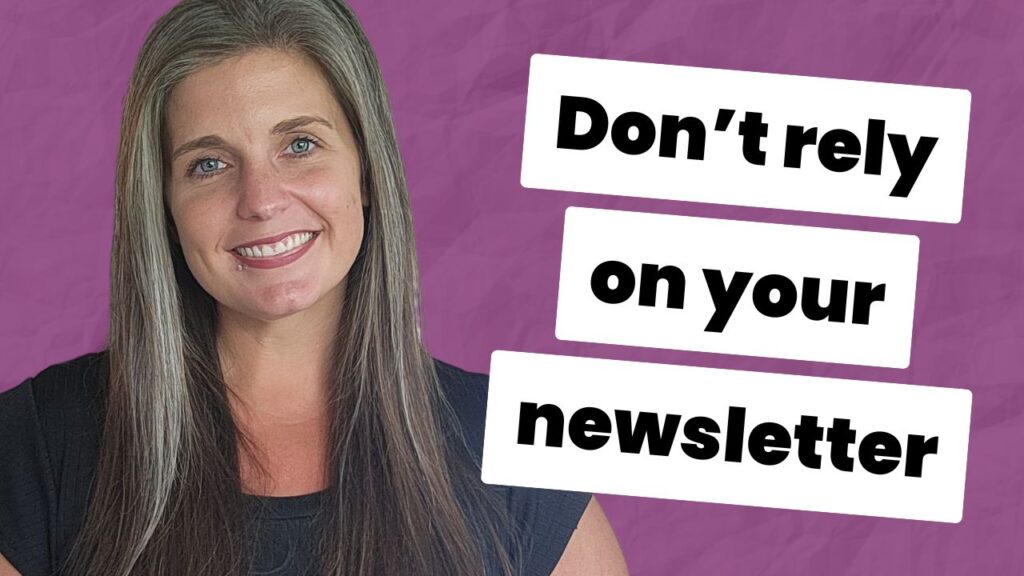I love me some industry benchmarks and statistics. But if you’re not careful, they can mislead you when you’re making strategy and copy decisions.
This is the one thing you need to remember when pulling data from other sources.
TRANSCRIPT:
If you’re like me and you love data and you get super geeky and super nerdy about looking at the latest industry benchmarks, split test results, and the like, then I want to remind you that you cannot always take the numbers you find at face value.
It is important that you look at how those numbers were derived and what types of companies were used to get to those numbers because you can’t always translate a statistic from one industry to another, from one type of business to another, from one sales process to another because they differ.
One good example of this is when I was doing my research for master welcome sequences.
One of the data points I came across said something to the effect of welcome sequences being, or welcome emails actually being, responsible for an x% of revenue. That made my ears perk up because that’s not true for my clients.
Because a lot of the clients I work with sell high-end or high-ticket expertise products. So we rarely write welcome sequences that go back to a checkout page or to a website where you can check out or to a sales page where you can check out.
The purpose of our welcome sequences is to get people further into the sales process. And typically that’s some sort of lead nurturing sort of offer like a webinar, info session, one-on-one sales call, you know, something to that effect.
And when I took a deeper look at that statistic, I saw that it was published by someone who was primarily looking at e-commerce companies, like e-commerce brands.
And so if you know that e-commerce brands use that discount code strategy, right, to build their list, and that’s what triggers their welcome sequences – where you’re on the website and they show you a popup, say, “do you want this discount code? Hey, give us your email address,” and then they give it to you. And you go back and you check out. It makes sense that welcome emails would contribute to revenue, a certain percentage of revenue, you know, directly, like in your welcome email.
That’s not true in the industries I work in typically because that’s not how the sales process works.
And so that statistic doesn’t translate from e-commerce to high-ticket expertise products because the sales process is different.
When people join your list or first come into your world at the top of the funnel, typically they’re not in product awareness like they are in the e-commerce scenario, and we have to do a lot more lead nurturing because we’re selling a higher ticket product or service.
So don’t take numbers at face value. Make sure you understand the context because you may derive different insights once you understand where that number comes from.


